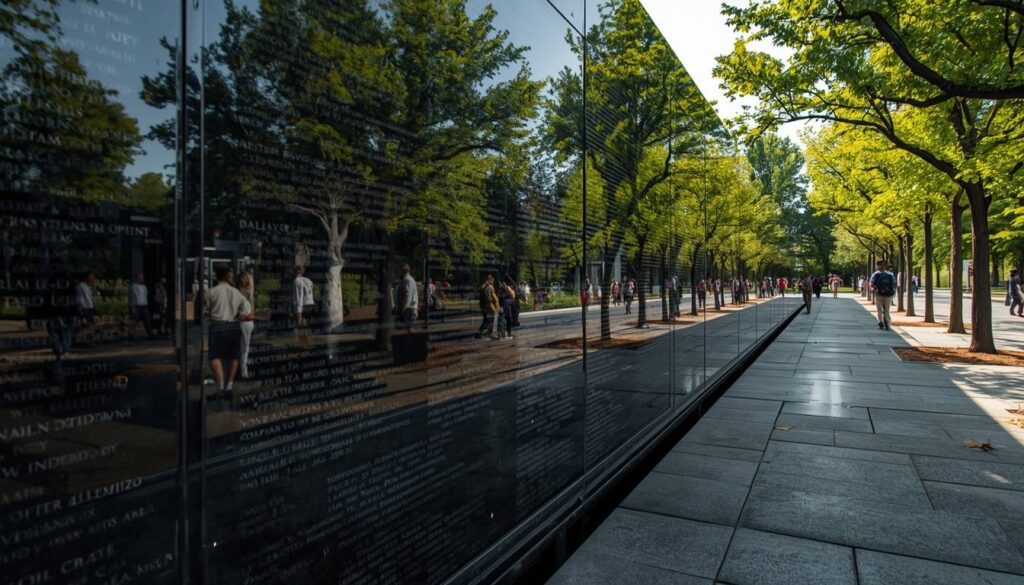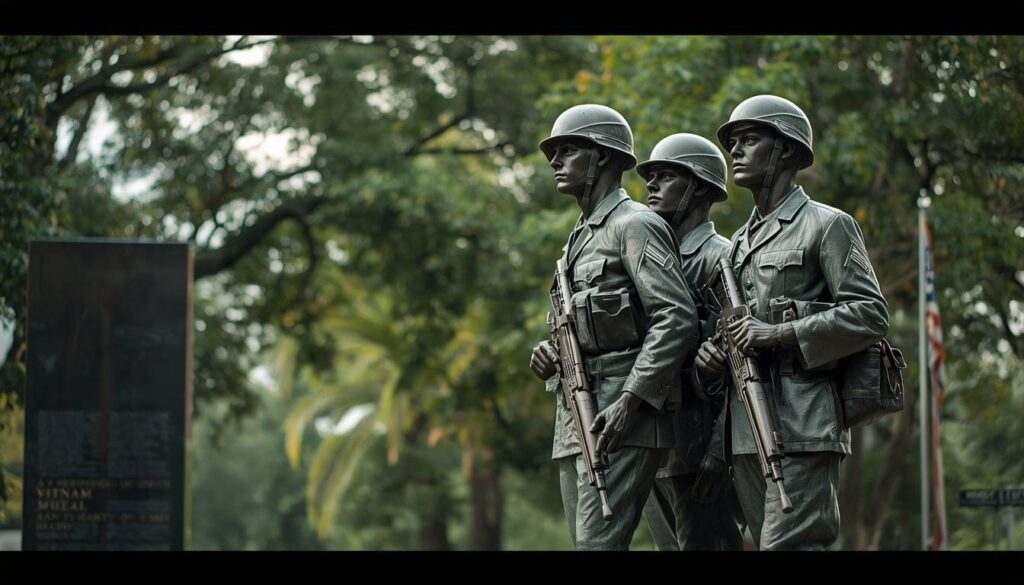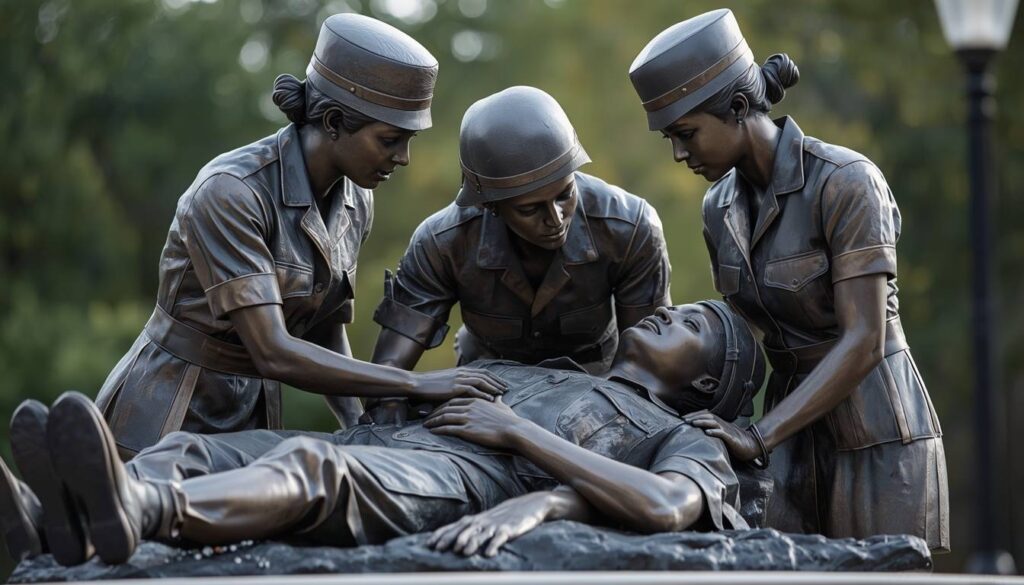A Perspective of the Vietnam Memorial

The Vietnam War was the longest in America’s history, and the first defeat that America ever suffered. Soldiers who fought in the Vietnam war faced many controversies, both overseas and at home. As a result, it took returning soldiers years to be vindicated for their efforts. In 1982 however, after a long fund raising campaign led by Jan Scruggs, producer of the film, “The Deer Hunter,” their service to America would finally be recognized in the Vietnam Memorial.
The actual architect of the Vietnam Memorial was Maya Ying Lin, a Chinese American student at Yale University, School of Architecture. The school had held a contest the previous year for a Vietnam Memorial, and out of the many entries, hers was declared the winner. She could not have foreseen that this monument would usher in a career for her. After it was constructed though, the offers began to flow in. She would later design the Civil Rights Memorial, in Montgomery, Alabama, and her own museum, the Museum of Chinese in America, in New York City’s Chinatown.
The Vietnam Memorial is made of gray granite, shipped from Barre, Vermont. Although not found in the quantities of neighboring, New Hampshire (known as the “Granite State”) it is nonetheless a staple of their economy as well. The memorial bares the names of all soldiers known to have lost their lives during or due to the 20 year conflict. Since servicemen at that time were overwhelmingly male, the memorial initially only bared the names of men who lost their lives. This however changed in 1993, when an adjacent memorial was added on for women, most of whom were nurses.
“The Three Soldiers,” statue, which, was dedicated on Veterans Day, 1984, stands beside one of the Vietnam Memorial’s pathways. It also alludes to the diverse ethnicities of the enlisted. Featuring in bronze a white, black, and Hispanic army man, standing side by side, the statue reflects how little racial and ethnic conflicts at home mattered as they fought alongside each other in the jungles of Saigon, a material choice whose craftsmanship and durability are explored in How Are Bronze Statues Made?. Bronze is a good coloring to reflect this, as it further blurs their racial differences.

Honoring the women, there is a similar statue, of a nurse named “Hope,” holding a wounded woman named “Charity,” as “Faith,” who stands beside her, prays to God that He will heal her. This statue shows the unseen things that many nurses (and soldiers) had to turn to when it appeared that nothing on earth would be able to help them.

Also that year, the bodies of two more Vietnam era veterans were found in the jungles of South East Asia, who could not be identified. Rather than adding them to the “Tomb of the Unknown Soldier,” however, it was recommended that the two soldiers be given posthumous medals, to be displayed at the Vietnam Memorial. Along with this were the words, “Let all know that the United States pays tribute to the members of the Armed Forces who served honorably in Southeast Asia during the Vietnam era.” Another addition to the Vietnam Memorial came in 2004, after a long effort by the Texas Tech Vietnam Project. Since many veterans who returned home died shortly thereafter as a result of injuries sustained in battle, or being exposed to harmful chemicals (especially “Agent Orange) their names too were added to the list. In general, as the Vietnam Memorial trails from the Washington Monument to the Lincoln Memorial, its architects have striven to create an accurate timeline. The first soldiers on the list fell in 1955, after being sent by President Dwight Eisenhower to train the South Vietnamese. The last 18 were killed after the war had officially ended, on May 15, 1975, after a battle with the Khmer Rouge, during a rescue operation. Saigon had fallen two weeks earlier on April 30th of that year.
Each name on the Vietnam Memorial has one of two kinds of crosses. The one facing up with a diamond, meaning that it has been confirmed that he is dead. One facing sideways, on the other hand, means that he is “Missing in Action.” For those missing who return, there will be a circle around their cross, although this has not happened in 34 years.
When visiting the Vietnam Memorial, it is hard to forget that each name was a human being, many with families, and all with lifetimes of experiences that ended in the jungles of that far off land. Veterans who served in Vietnam, that visit the memorial, are grateful to be alive, will always remember that fact.
Vietnam veterans have come a long way in gaining honor for their dedication to America. Now their names will be forever immortalized on the Vietnam Memorial. Hopefully the list is complete, however, it may one day again be found that it is not.
